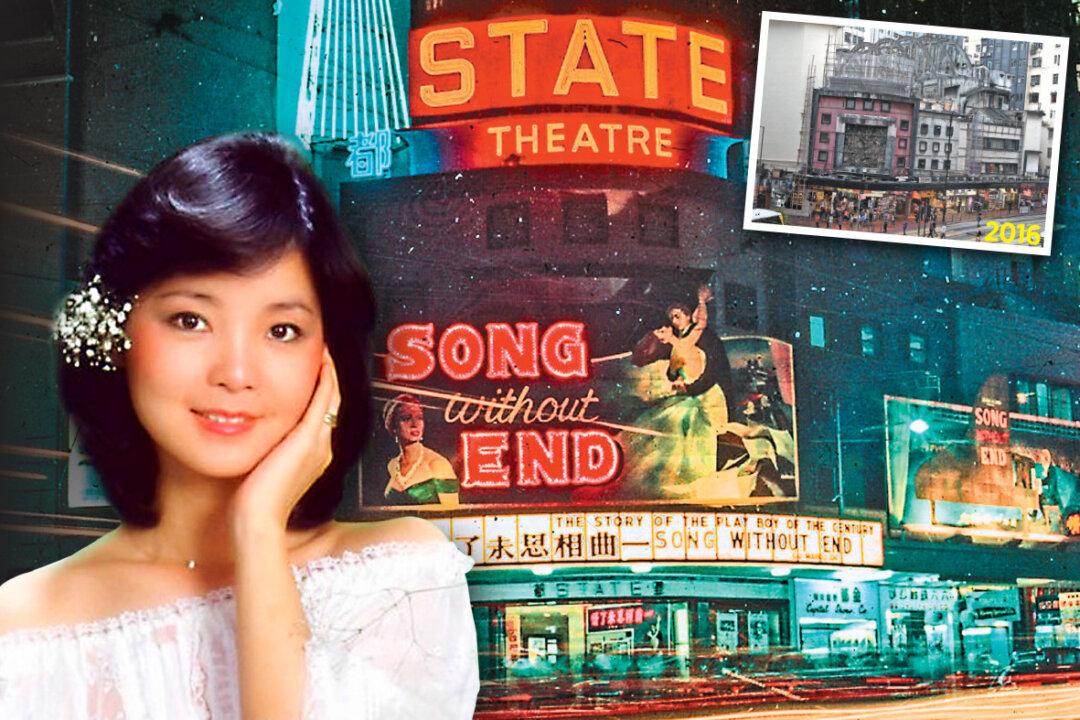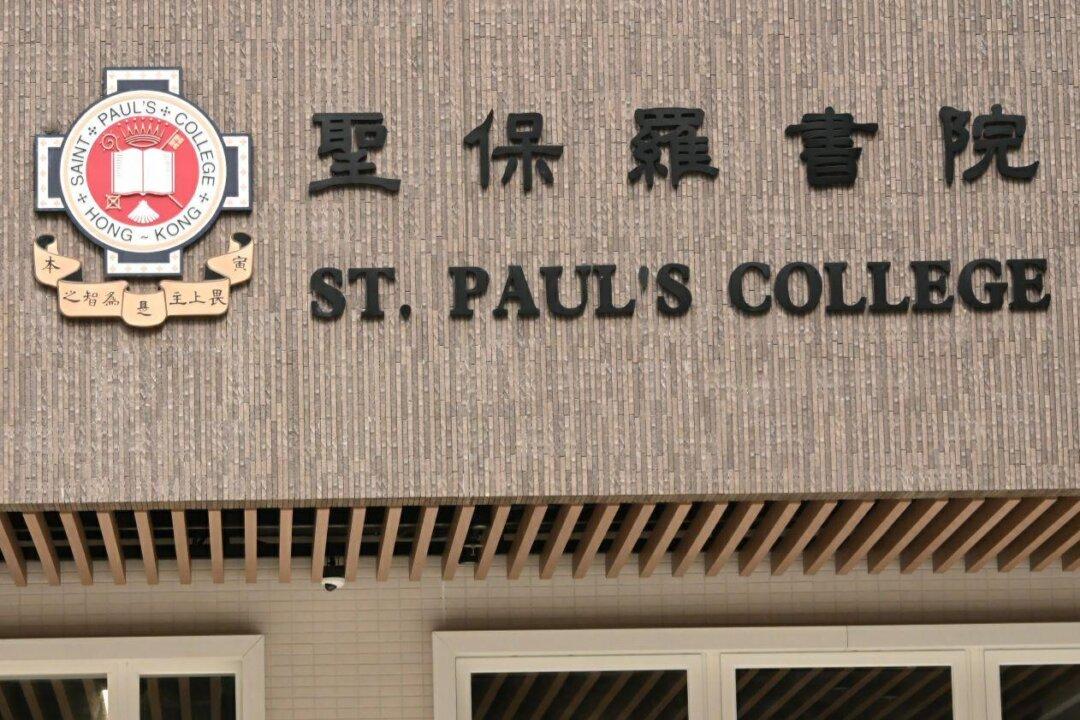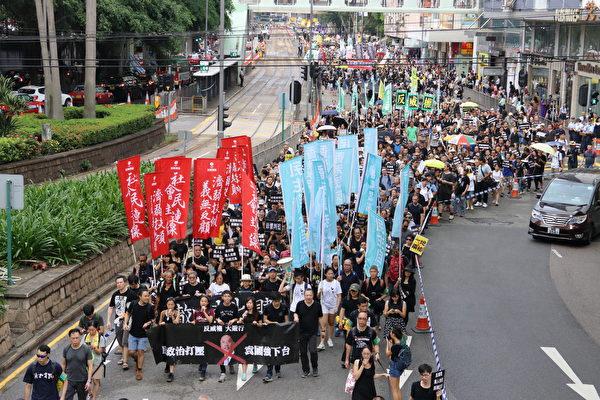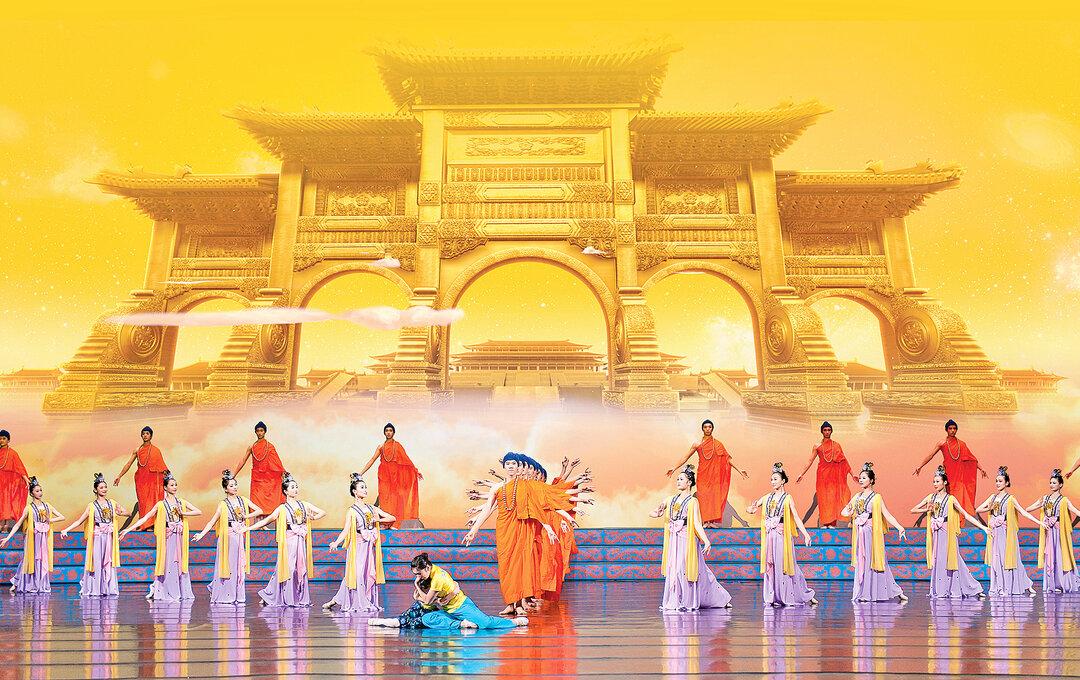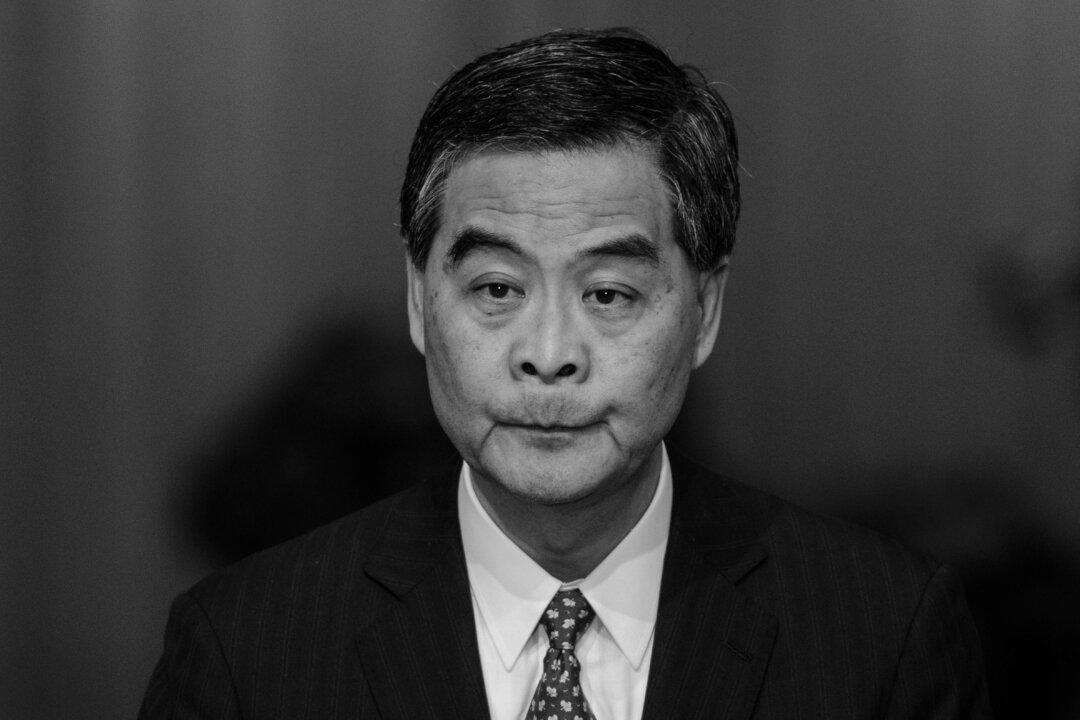HONG KONG—A consortium led by the property company New World Development began a large-scale acquisition of the North Point State Theatre complex last year, leading local conservationists to worry about the fate of the 63-year-old historical building.
The State Theatre formerly known as the Empire Theatre has witnessed the grace of 17-year-old pop singer Teresa Teng and many Hollywood pieces, including “The Sound of Music” and “Lawrence of Arabia.”
The owner of the Princess Optometrists Centre at the complex spoke of how spectacular the old Empire Theatre is, and said with a smile, “The former Empire Theatre is very elegant, and the stage is very beautiful. Many celebrities frequently came to the theatre. ”
The Antiquities and Monuments Office (AMO) originally proposed rating the State Theatre as Grade 3, the lowest rating for historic buildings. Due to strong appeals from different parties, the Antiquities Advisory Board (AAB) decided last week to postpone the rating to allow for further detailed study.
Earlier, the cultural heritage groups Walk in Hong Kong, the Conservancy Association, and Docomomo HK (the International Committee for Documentation and Conservation of Buildings, Sites, and Neighbourhoods of the Modern Movement, Hong Kong Branch) issued a joint statement urging the AAB to give the former State Theatre in North Point no lower than a Grade 1 historic building grading.
In recent years, Hong Kong people have become more aware of the importance of conservation. But a Grade 3 historical building, Tung Tak Pawn, was demolished last year even after strong opposition from the community.
Dr Lee Ho-yin, Head of the Division of Architectural Conservation Programmes (ACP Division) and a former member of the AAB has experience of the Tung Tak Pawn shop demolishment case. He believes that to protect historic buildings, the most important element is social values; that is, whether or not the public’s collective feeling for the building is strong.
He said social values need to be initiated by civil society, and this is the most powerful voice.
He gave the example of Star Ferry Pier. Thousands of people stood up to fight, and from that the collective feelings could be measured, he said.
Another example, he said, is Bruce Lee’s former residence. From the historic or architectural preservation points of view, the building was not to be protected, but there were very strong collective feelings, Dr Lee said. “Thousands of fans around the world wrote to the authorities,” he said. At last the government asked the owners not to sell it to real estate for redevelopment.
Recently, many non-governmental organisations have closely watched the development of the State Theatre, hoping no more historic buildings are destroyed in Hong Kong.
Cultural landmark
The building opened in 1952 as the Empire Theatre and was renamed the State Theatre in 1959 following extensive renovations. It is the oldest stand-alone theatre built after World War II and has been an important landmark of North Point since then.
The theatre’s curved facade connects two exterior walls. A large, long-hidden bas-relief decoration designed by artist Mei Yutian revealed itself after the exterior billboard was recently removed. The theatre still retains the old mosaic tiled billboard and door signs.


